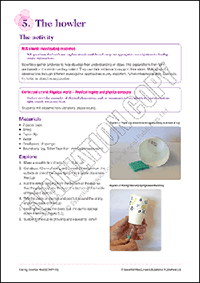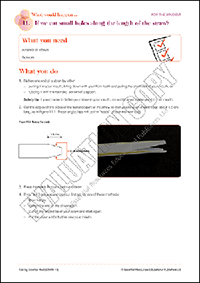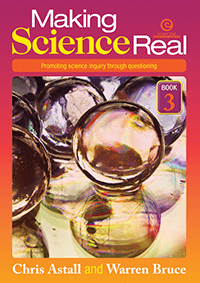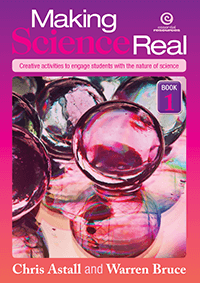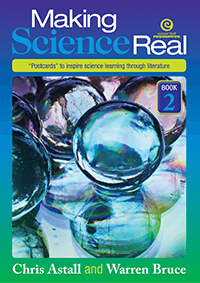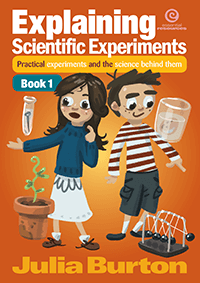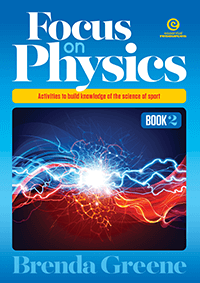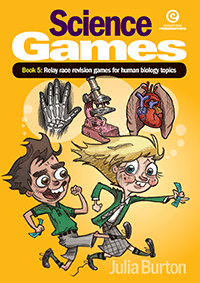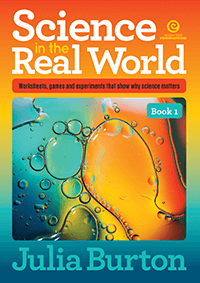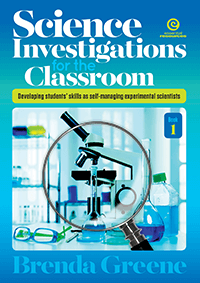Contents |
| Introduction | 4 |
| Why is questioning important in science? | 4 |
| Questioning in context – an example | 6 |
| Strategies to develop questioning | 8 |
| Think aloud | 8 |
| Question starter stems | 9 |
| Questioning dice | 9 |
| Question sorter | 13 |
| Barrier activities | 15 |
| Question addition | 19 |
| The mystery box | 19 |
| I have the answer; what is the question? | 19 |
| Supporting questioning in science: What would happen ... | 20 |
| 1. If we used different-sized candles? | 21 |
| 2. If we placed the fish on different surfaces? | 23 |
| 3. If we changed the material the cup is made from? | 25 |
| 4. If we changed the size of the magnet? | 27 |
| 5. If we used different types of paper? | 29 |
| 6. If we added different liquids to the bag? | 31 |
| 7. If we used different substances to make the ice hands? | 33 |
| 8. If we filled the can with varying amounts of water? | 35 |
| 9. If we used a larger candle? | 37 |
| 10. If we changed the size of the funnel opening? | 39 |
| 11. If we cut small holes along the length of the straw? | 41 |
| 12. If we changed the type of milk? | 43 |
| 13. If we organised the pattern of sweets differently? | 45 |
| 14. If we rubbed the balloon with different materials? | 47 |
| 15. If we turned the straws in opposite directions? | 49 |
| 16. If we used water mixed with dishwashing liquid? | 51 |
| 17. If we used other types of straw wrappers? | 53 |
| 18. If we lit the smoke from different positions? | 55 |
| 19. If we sprinkled pepper onto the water? | 57 |
| 20. If we used different materials to rub the straw? | 59 |
| 21. If we changed the size of the bottle? | 61 |
| 22. If we used hot water at the bottom? | 63 |

